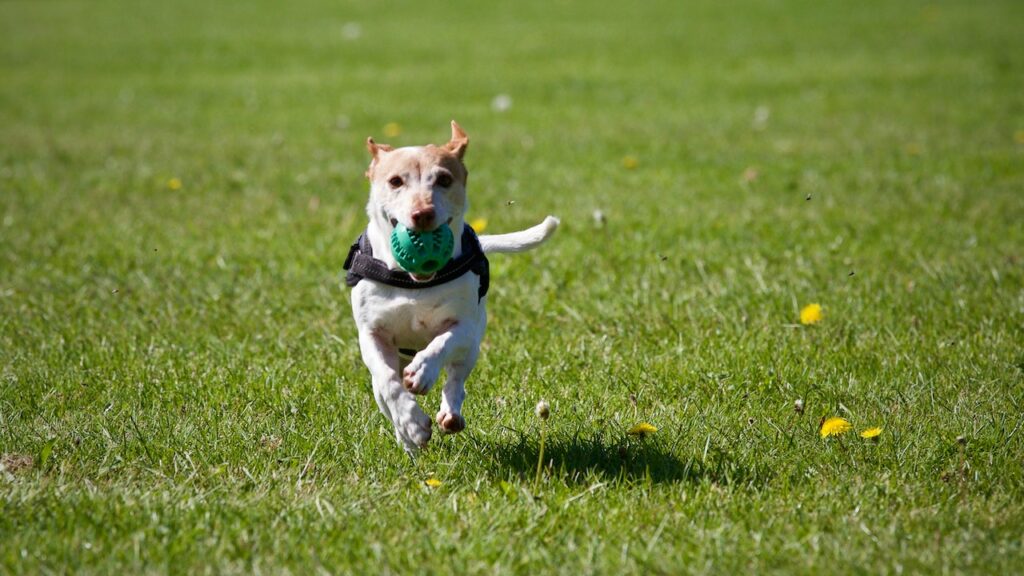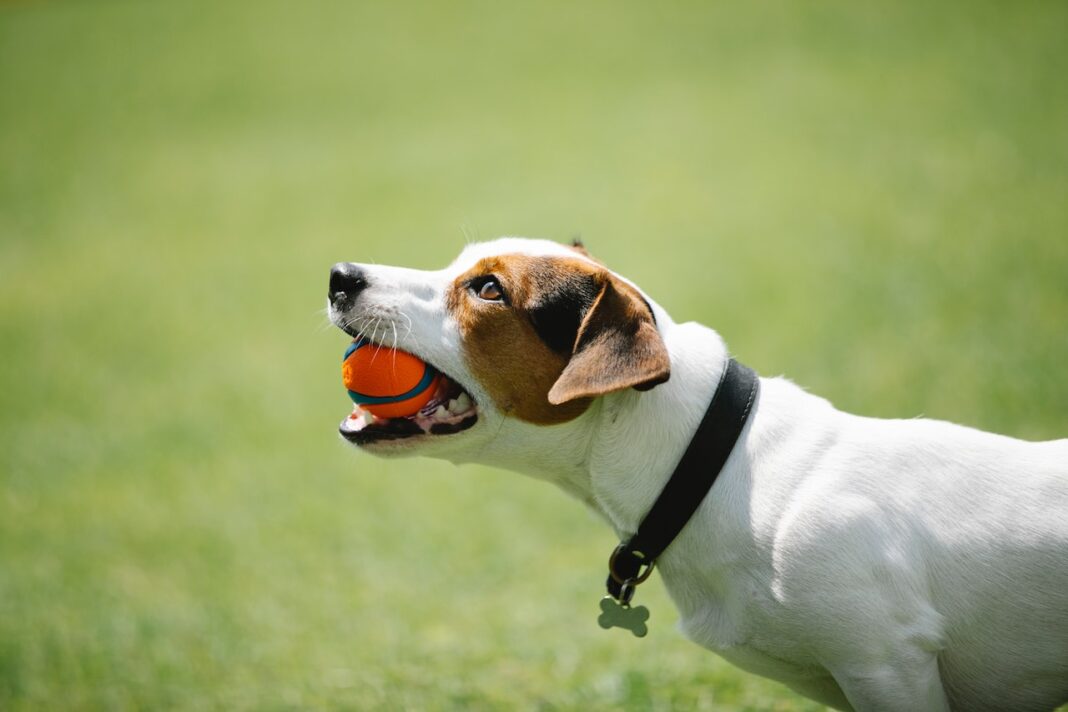Introduction
Assuming you would like tips for dog training in an eco-friendly way:
socialize your pet as early as possible so they’re comfortable around other people and animals
get them used to a routine to minimize stress
use positive reinforcement such as treats, petting, or verbal praise instead of punishment
avoid using choke chains, prong collars, or electric shock collars
never hit your dog
teach them commands such as sit, stay, come, down, off, drop it, leave it
engage in regular exercise with your dog to keep them healthy and fit
LET’S DIG INTO DOG TRAINING TIPS THAT ARE GOOD FOR YOUR DOG, GOOD FOR THE PLANET, AND GOOD FOR YOU!

There are a lot of benefits to eco-friendly dog training – it’s good for your dog, good for the planet, and good for you! Here are some tips to get you started:
1. Use positive reinforcement – this is one of the most effective ways to train your dog, and it’s also gentle and humane. Plus, it doesn’t involve any nasty chemicals or other pollutants.
2. Avoid using punishment – punishing your dog will only make them scared or resentful, and it won’t actually help them learn what you want them to do. Instead, focus on rewarding them when they do something right.
3. Be consistent – Dogs thrive on consistency, so it’s important to be consistent in your training methods and commands. If you’re not consistent, your dog will get confused and won’t be able to learn as effectively.
4. Be patient – Training takes time and patience, so don’t expect results overnight. Just keep at it and eventually you’ll see the progress you’re looking for.
ECO-FRIENDLY HOUSE TRAINING
There are a number of easy ways to make your dog training more eco-friendly. One way is to use recycled materials for your training aids. For example, you can use old towels or sheets as draglines or target poles. You can also use recycled plastic bottles filled with sand or water as weight pulling implements.
Another way to make your dog training more eco-friendly is to train in an outdoor area instead of inside your home. This will save energy and help reduce your carbon footprint. If you do train inside, make sure to open the windows to let in fresh air.
Finally, you can choose eco-friendly dog treats that are made from sustainable ingredients. There are a number of brands that offer healthy, organic treats that are perfect for rewarding your dog during training sessions.
Get a puppy in summer.

Summer is the perfect time to get a new puppy! Here are some tips for eco-friendly dog training:
1. Choose an energy efficient dog breed – Some breeds of dogs are more energy efficient than others. If you’re looking for a eco-friendly pup, choose one of these breeds: Australian shepherd, border collie, jack Russell terrier, Labrador retriever, or poodle.
2. Get your pup used to a leash and collar early on – Getting your puppy used to a leash and collar early on will make walks and hikes much easier (and eco-friendly) in the future. Start by letting them wear the leash and collar around the house so they get used to it. Then, take them on short walks around the block. Eventually, you’ll be able to take longer walks and hikes together!
3. Use recycled materials for toys and bedding – There’s no need to buy brand new toys and bedding for your puppy when you can recycle materials you already have! Old towels make great puppy beds, and plastic bottles can be turned into fun chew toys. Just make sure to clean everything thoroughly before giving it to your pup.
4. Train with positive reinforcement – Positive reinforcement is key when training any dog, but it’s especially important when training a puppy. They’re still learning about the world and what is expected of them, so rewarding good behavior is crucial in shaping their future behavior patterns.
BEHAVIOR AND TRAINING METHODS: GOOD FOR YOUR DOG, GOOD FOR THE PLANET
There are many benefits to using eco-friendly dog training methods, both for your dog and for the planet. By using positive reinforcement techniques, you can teach your dog good behaviors while also reducing your carbon footprint. Here are some easy tips for eco-friendly dog training:
1. Use recycled materials for toys and treats. You can easily find recycled materials at your local pet store or online. Look for toys made from recycled plastic or rubber, or use old socks or towels as tug toys. For treats, try using healthy human snacks like fruits and vegetables, or make your own homemade dog treats using natural ingredients.
2. Avoid using paper products. When training your dog, avoid using paper products like newspapers or paper towels. Instead, use washable rags or old towels as potty pads or to clean up messes.
3. Use environmentally-friendly cleaning products. When cleaning up after your dog, avoid using harsh chemicals that can harm the environment. Stick to natural cleaners like vinegar and baking soda, or look for green cleaning products specifically designed for pet homes.
4. Choose an energy-efficient method of exercise. Walking is great exercise for both you and your dog, but it can also be quite energy intensive if you live in an urban area with lots of traffic and pollution. If possible, try to find a green space nearby where you can let your dog off leash to run and play freely. This way you’ll get some fresh air while also
LOVE YOUR DOG, LOVE YOUR PLANET

Love Your Dog, Love Your Planet
We all want to do our part to make the world a little bit greener, and there’s no reason our furry friends can’t help out too! Here are some easy tips for eco-friendly dog training that will help you teach your pup good manners while also helping the environment:
1. Choose recycled or biodegradable materials for your pet’s toys and supplies. This includes everything from their food dish to their favorite chew toy. You can even find eco-friendly dog beds made from sustainable materials like bamboo!
2. Use positive reinforcement rather than punishment when training your dog. Not only is this more humane, but it’s also been proven to be more effective in the long run. Plus, it won’t damage your relationship with your furry friend.
3. Get creative with leftover food scraps! If you have a picky eater on your hands, try using healthy table scraps as training treats. Just make sure they’re small enough that your dog can eat them quickly and easily.
4. Walk or bike instead of drive whenever possible, especially if you just need to run a quick errand close to home. Not only will this save you money on gas, but it will also give you and your pup some much-needed exercise!
5. compost any waste produced by your pet including biodegradable poop bags, uneat
CITIZEN SCIENCE: GET INVOLVED!
Citizen science is a great way to get involved in eco-friendly dog training! There are a number of citizen science projects that focus on environmental issues, and many of them welcome volunteers of all ages and abilities.
One such project is the Cornell Lab of Ornithology’s NestWatch program, which relies on volunteers to help monitor the health of bird populations across North America. Participants collect data on nesting birds and submit it to the NestWatch database, which helps scientists track trends in bird populations.
Another great citizen science project for dog lovers is the Urban CanineGood Citizen Project, which encourages responsible dog ownership in cities. The project relies on volunteers to help spread the word about responsible pet ownership, and to help enforce local leash laws.
There are many other citizen science projects out there that focus on environmental issues, so there’s sure to be one that’s perfect for you! And by getting involved, you’ll not only be helping the environment, but you’ll also be gaining valuable experience in data collection and analysis.


